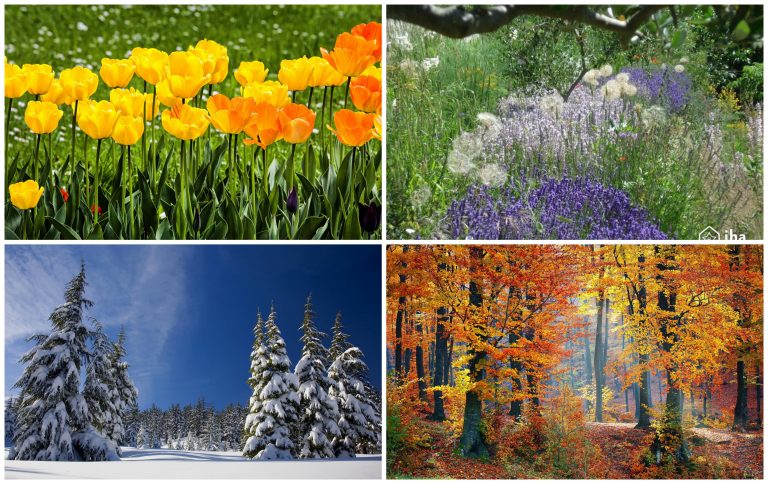A Guide to Personal Color Analysis
Every person’s reasons for wanting a personal color analysis is different. Many simply want a wardrobe upgrade. They have a ton of clothes, but nothing to wear or what used to look good on them no longer does. For others, it’s a starting point. These clients have never really felt good about their wardrobe or what they see staring back at them in the mirror. When looking for my best colors, I discovered Personal Color Analysis. I explain how the process was life changing in this blog post. Finding your best colors is a challenge for many people. To help, I put together this guide to walk you through a personal color analysis.

Step 1: Analyze Color Quality
One of the first things a color consultant does is analyze color quality. Color quality – whether you are bright or soft, for instance, helps determine your season. Your color quality matches your season or falls in between two seasons. In the pictures below, you can literally see the coloring of a person who might match the picture – Kate Hudson in spring, Kate Winslet in summer, Cindy Crawford in autumn, and Courtney Cox in winter.

Not only does ones coloring fit into a season, but generally personality as well. You can see from the pictures above that the spring and winter landscapes are simple whereas the summer and autumn are complex. This is true of the people that fit into these seasons as well. You can easily describe a Spring or a Winter. Springs are the girl-next-door type – fun, flirty and friendly. Winters are either the regal Jacqueline Kennedy Onassis type or the determined New Yorker type. Describing Summers and Autumns gets complicated, like the pictures, because there are so many variations. There are people whose coloring and/or personality fit into more than one season and that’s why one shouldn’t determine the best color palette based on one element of coloring.
Step 2: Determine Value
One of the characteristics that needs to be determined is whether a client is light, dark, or medium. Although many people think that Winters and Autumns are dark while Summers and Springs are light, this is not true in my experience. Light and dark are represented in all of the seasons. Summers do tend to have lighter skin, but their hair can be light or dark. Winters generally do have dark hair, but light is represented with our silver foxes and they can have dark or light skin. Autumns and Springs run the gamut when it comes to hair and skin color. Although light and dark are represented in all of the seasons, it’s still important to evaluate the value of a client to determine which sub-seasons he or she may fall into. In my system, I have 24 sub-seasons (6 for each season).
Step 3: Analyze Color Temperature
Many people assume each season is a specific temperature. That Summer and Winter have cool skin tones while Spring and Autumn have warm skin tones, but again, it’s not that simple. Only 35% of the population are all “warm” or all “cool,” which is why simple color tools rarely work well. In order to determine my client’s color temperature, I look at six different factors including the hue of their hair, skin, and eyes.
Step 4: Customize the Base Fan
Once I have analyzed a client’s color quality, color temperature and value I evaluate which sub-season is most closely related to their coloring. At this point, clients can receive a base fan or we can go further and provide a 100% custom fan. When the custom analysis is complete my clients know their very best colors including their best neutrals, accent colors, dramatic colors, metals, prints, and pastels.

Custom Soft Autumn Fan
Please feel free to post questions in the comments section as I love to talk “color!”
